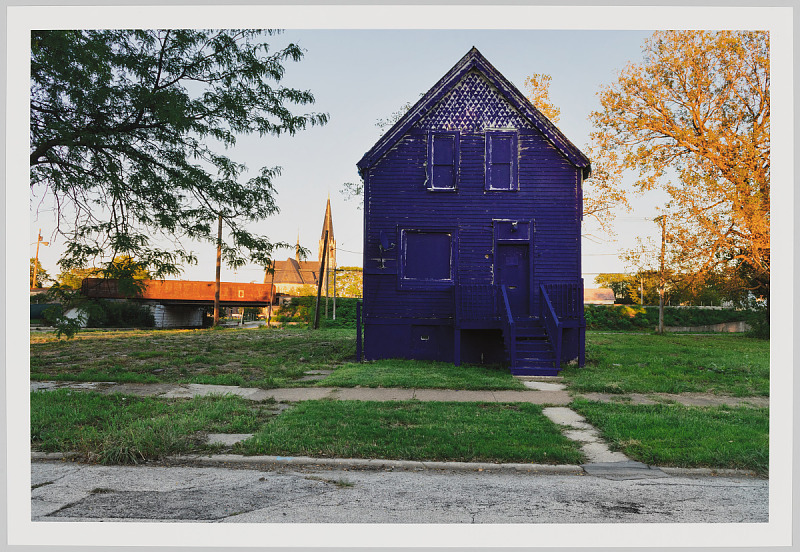
“Millions of lower-cost apartments have essentially disappeared over the past decade, either through rising rents or by falling into disrepair” The New York Times March 21, 2024
Earlier this month, the National Low Income Housing Coalition came out with its annual report on the availability, or lack thereof, of affordable housing, The Gap 2024: A Shortage of Affordable Housing. “No state has an adequate supply of affordable rental housing for the lowest-income renters”. According to NLIHC, the current shortage is more acute than it was prior to the pandemic. There are currently 7.1 million affordable homes for 11 million households. “Of those. 7.0 million rental units, 3.3 million are occupied by higher income households, leaving only 3.7 million rental homes that are both affordable and available for extremely low-income renters.”
According to the U.S. Interagency Council on Homelessness, “housing is unaffordable because wages have not kept up with rising rents. There is no county or state where a full-time minimum-wage worker can afford a modest apartment. At minimum wage, people have to work 86 hours a week to afford a one-bedroom. Even when people can afford a home, one is not always available. In 1970, the United States had a surplus of 300,000 affordable homes. Today, only 37 affordable homes are available for every 100 extremely low-income renters. As a result, 70% of the lowest-wage households spend more than half their income on rent, placing them at high risk of homelessness when unexpected expenses (such as car repairs and medical bills) arise.”
Wages are stagnant, rents increase. That contributes to the housing crisis. Almost half the affordable homes are occupied by higher income households. That also contributes to the housing crisis. But there’s more. Across the country, municipalities “fail”, or refuse, to create more affordable units: “No new affordable rental units were brought online in 2023, and no units were rehabilitated. Further, Des Moines failed to achieve, even in part, its goal of assisting 35 households facing homelessness with `rapid rehousing.’” Or take Millburn Township, a wealthy New Jersey suburb of New York City. Thanks to a landmark legal case years ago, New Jersey is ruled by the Mount Laurel legal doctrine which decrees that every town in the state has to make it possible to build lower-cost residences. Millburn Township decided it didn’t have to. So first it ignored repeated court decisions and then, more recently, it simply pulled out of a relatively modest affordable housing project. At present, Millburn Township has only 38 affordable homes. Refusal and failure, failure and refusal contribute to and intensify the affordable housing crisis.
A report issued today, suggests that for the next five years, renting will be 38% cheaper than buying. For the next five years, the pressure on the rental market to upscale, by raising rents and by remodeling for bigger units, will continue or increase. But what’s five years in a country in which people wait for federal housing vouchers for over a decade and then, when they’re “lucky” enough to finally catch one, landlords won’t accept them. Yes, that’s illegal. No, landlords don’t get punished. What’s five years in that context, in that nation?
Five years is half a decade. Again, over the past decade, millions of lower-cost, affordable and especially deeply affordable homes have disappeared. Many were allowed or even encouraged to “fall into disrepair”, encouraged by a market and society in which owners could make more profit by destroying their stock, often with the hopes of recouping the “loss” later through “redevelopment”. The rest were disappeared by rising and then skyrocketing rents. Millions of affordable and deeply affordable residences, homes, were disappeared, kidnapped, and working families across the United States were, have been, and are being held for ransom. What is justice in a nation that can countenance the destruction of millions of homes and the devastation of tens of millions of lives in such a short period of time? Where once the alibi for forced removal of housing and populations was “blight”, today it’s just business as usual. Five years is half a decade, and, really, what’s a decade?
(By Dan Moshenberg)
(Image Credit: Amanda Williams, “Color(ed) Theory: Crown Royal Bag” / Smithsonian)
